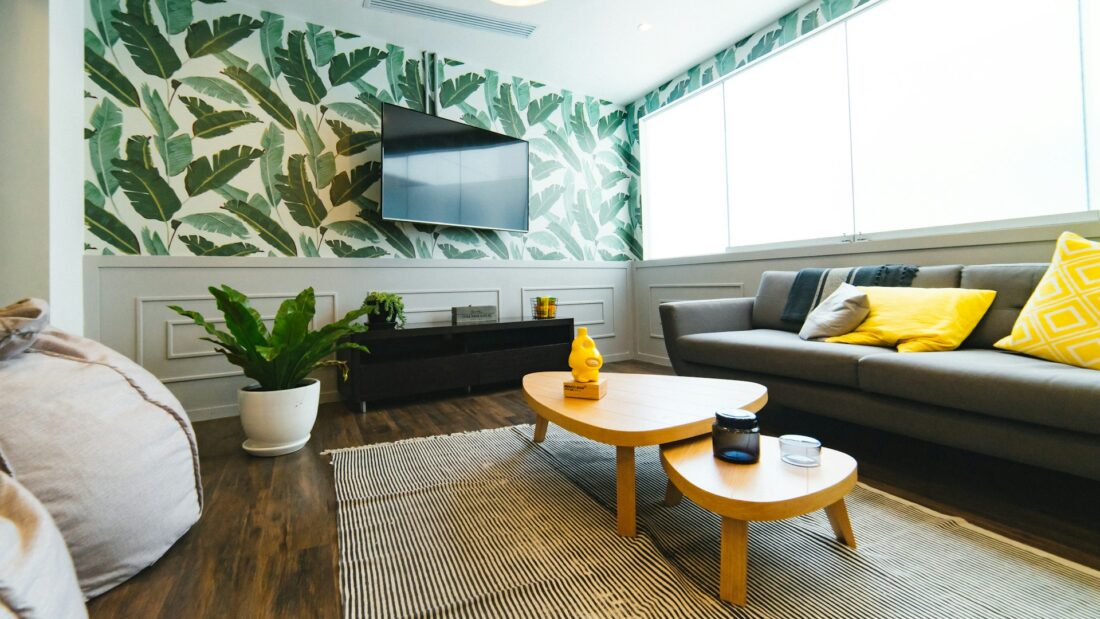Troubleshooting When Gripper Pads for Furniture Stop Working
Gripper pads for furniture are the unsung heroes of a stable home setup. Keeping chairs in place during dinner or ensuring your couch doesn’t drift away after each movie night are some of the simple pleasures they provide. These small but mighty accessories not only prevent scratches on your floors but also help in reducing noise levels. While they often go unnoticed in daily life, when they stop working, it’s hard to miss. That’s when most homeowners start scratching their heads, wondering why their furniture is suddenly gliding across the room.
Understanding the importance of a well-functioning gripper pad is key to maintaining a harmonious home environment. A small hiccup in their performance can lead to frustrating scenarios, like chasing after chairs or mini table dances every time someone leans on them. Ensuring these pads work effectively not only saves the look of your flooring but also your peace of mind. Let’s explore some common issues that can crop up with gripper pads and see how they can be tackled with ease.
Common Issues with Gripper Pads for Furniture
Gripper pads might seem simple, but they come with their share of challenges. Over time, you may notice that the pads just don’t stick like they used to. A lack of stickiness is a common issue, often due to dust and debris building up over time, or the natural wear and tear that occurs with frequent use.
Another problem might be the pads flattening out. If they appear squashed, they lose the thickness needed to keep your furniture stable. Pads tend to wear out more quickly when used under heavy furniture or if they are moved around often. This not only affects the appearance but also the functionality of the pads.
And what if your furniture still slides despite using the pads? This might indicate that the pads weren’t the right fit for the type of flooring or furniture leg. It’s important to choose the correct type of gripper pad that fits well with your specific furniture and flooring combination to prevent these kinds of mishaps.
Simple Fixes for Gripper Pad Problems
When gripper pads act up, a few straightforward steps can bring them back to life. Here’s what you can do:
1. Clean the Pad and Surface: Over time, dirt can build up under the pads. Regularly cleaning both the pad and the furniture leg can help maintain their stickiness.
2. Reattach or Replace Pads: If the pads have worn out, consider replacing them. Removing the old pad and attaching a fresh one can solve many common problems.
3. Additional Adhesive: If the pads are still functional but lose grip, adding a bit of extra adhesive can help. This provides an additional bond between the pad and the furniture, ensuring they stay put.
These easy fixes can often solve the issues quickly and keep your furniture right where you want it, ensuring your spaces remain just as welcoming and functional as they should be.
Preventative Measures to Extend Gripper Pad Life
To keep your gripper pads in top shape for longer, a few simple practices can make a big difference. Regular cleaning is key. By simply wiping down your furniture legs and pads periodically, you can minimise dirt and debris build-up. This helps maintain their grip and prevents them from becoming a dust haven.
It’s also important to choose the right gripper pad for your furniture. Different types of pads work better with specific furniture and flooring combinations. For instance, rubber pads might work well on hard floors, while felt pads may be more suitable for carpets. A little upfront research can save you a lot of hassle down the road.
Additionally, consider how often you move your furniture. Dragging heavy pieces across the floor overworks gripper pads and shortens their lifespan. Try to lift rather than push heavy items, or minimise movement when possible. This will reduce the strain on your pads and keep them effective for a longer time.
When to Replace Your Gripper Pads
Knowing when to replace gripper pads can be just as important as maintaining them. Here’s how to tell if it’s time for a change:
– Visible Wear and Tear: Check for signs like flattening or splitting. If they no longer cushion effectively, it might be time for a replacement.
– Increased Slippage: Notice your furniture sliding more than usual? This could mean the pads have lost their grip.
– Frequent Adjustments Needed: If you find yourself frequently repositioning your furniture, that could be a sign the pads are no longer doing their job.
When replacing, take the time to compare different types of pads. Some offer greater durability, while others provide additional features like noise reduction. Look for options that align with your needs and are compatible with your furniture type.
Keep Your Furniture Steady with Gripper Pads
The effectiveness of gripper pads directly links to a peaceful and well-organised living space. Regular checks and maintenance ensure that pads do their job, keeping your furniture in place and your floors protected. It’s about paying attention to the little details that can make everyday living more comfortable.
By staying proactive about maintenance and knowing when to replace pads, you’ll not only help avoid inconvenient furniture shifts, but also preserve the look and feel of your flooring. The key is to address any issues when they arise and keep an eye out for signs of wear. With the right care, your gripper pads can continue providing the support and stability you need.
Looking for a reliable solution to keep your furniture steady and your floors scratch-free? Discover the benefits of quality gripper pads for furniture. At Slipstick, we understand the importance of maintaining a harmonious home environment. Our gripper pads deliver dependable performance to suit various furniture types. Feel free to explore our options and keep your living space as cozy and organized as possible.

